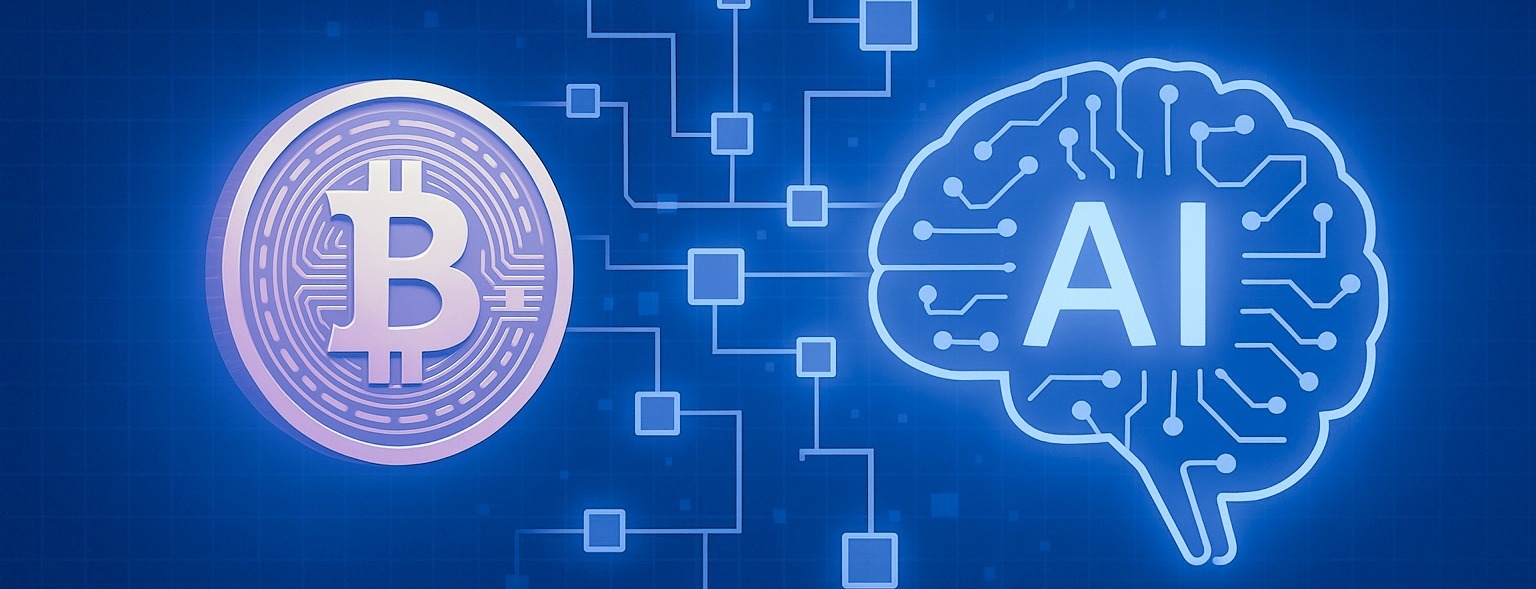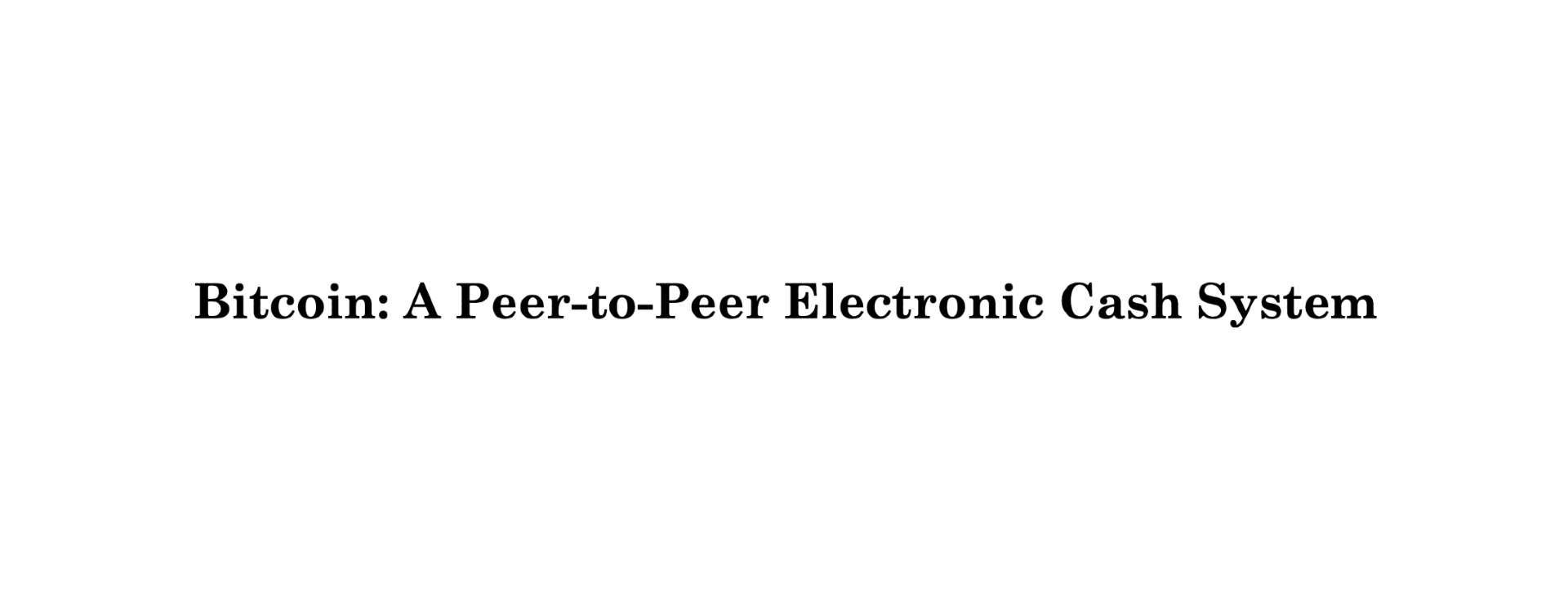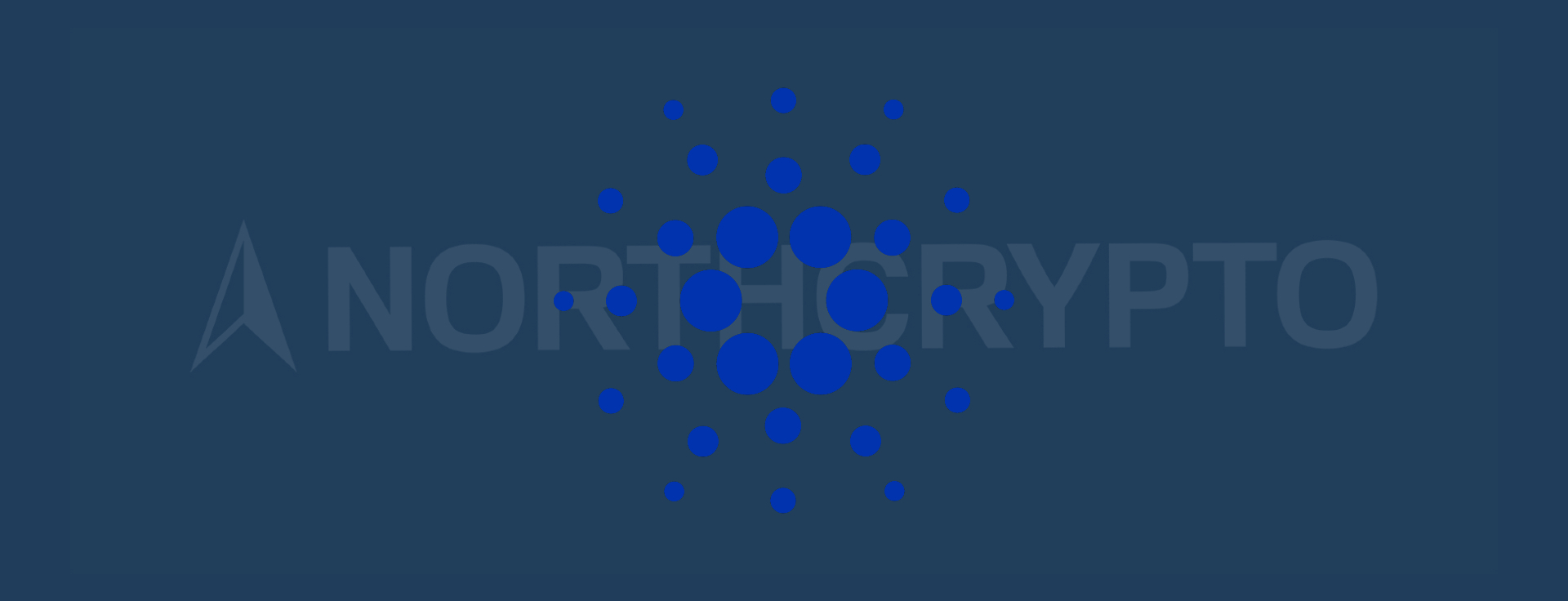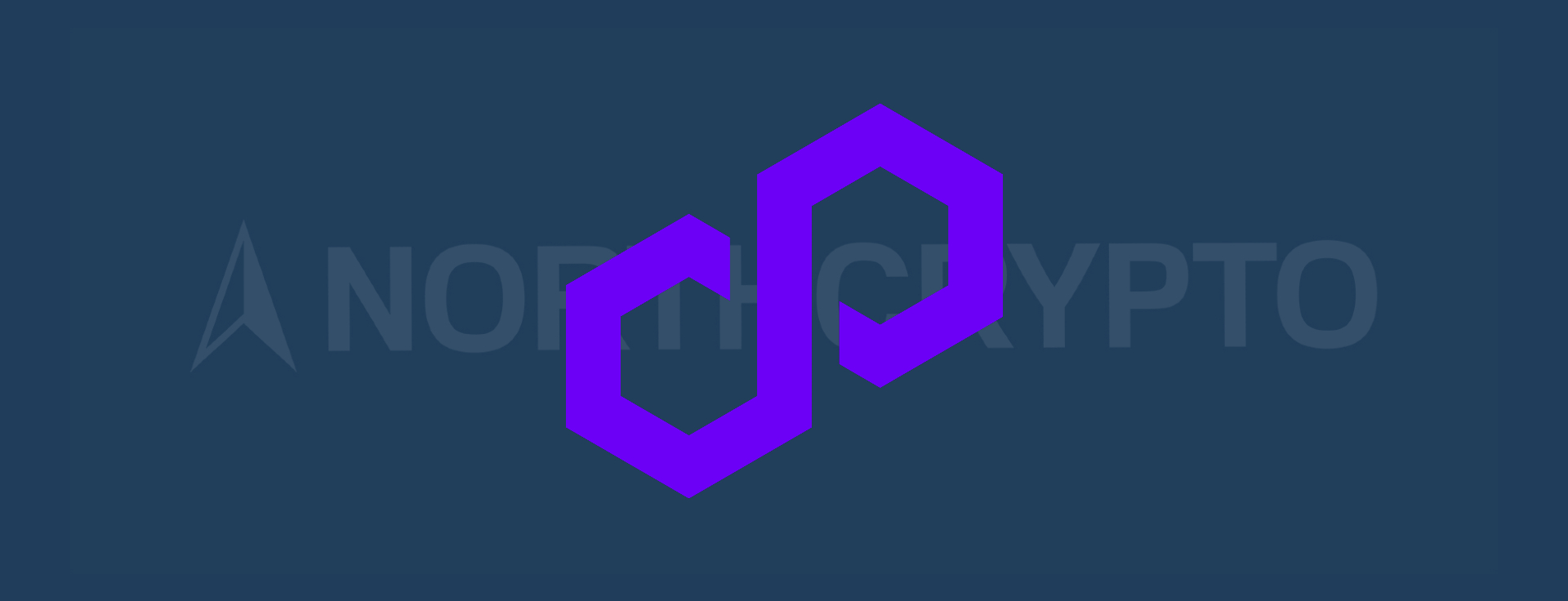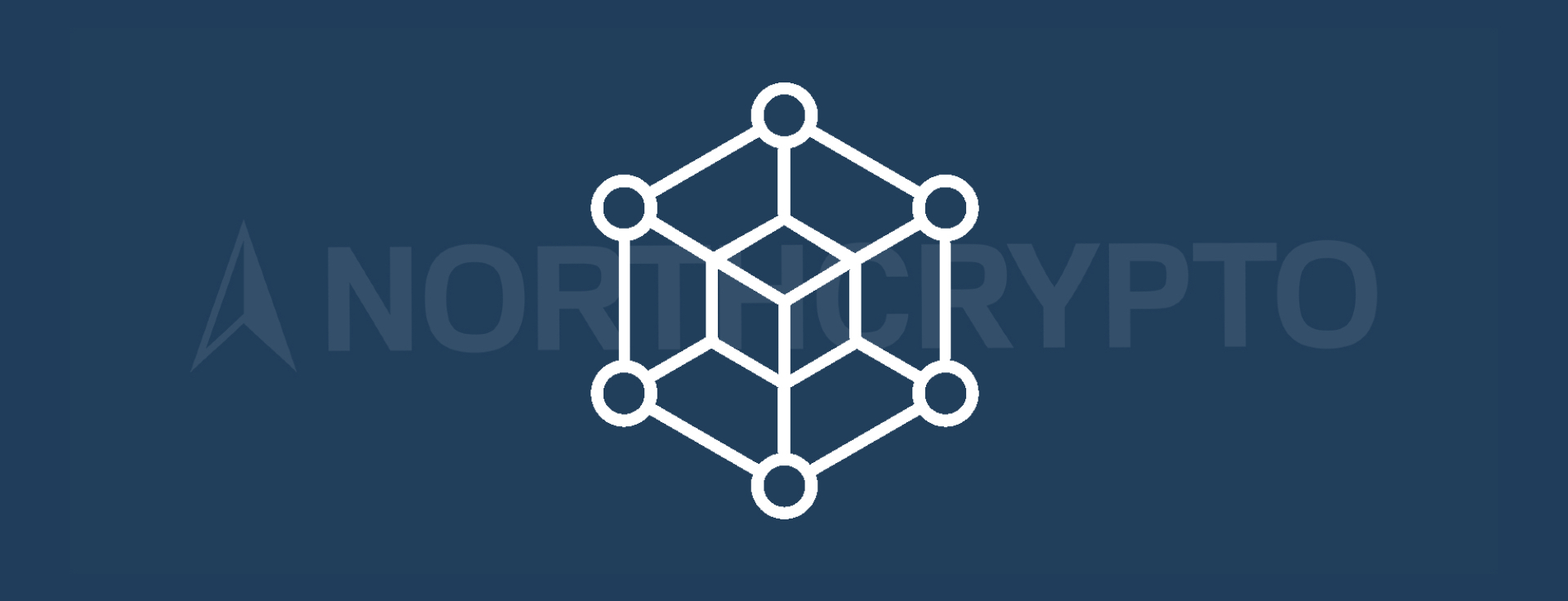
In 2017, Ethereum co-founder Vitalik Buterin introduced the concept of three attributes that different blockchain platforms aim to achieve. Buterin introduced the idea as "The Scalability Trilemma", which has since solidified its place as a central tool for examining blockchain goals and challenges. Nowadays, this idea is often referred to as "The Blockchain Trilemma".
The Three Attributes of the Blockchain Trilemma
The blockchain trilemma consists of three attributes:
- Decentralization
- Security
- Scalability
Decentralization
Decentralization is one of the key features of a blockchain and sets blockchain-based solutions apart from many traditional solutions. Decentralization essentially means that no single entity or group controls the blockchain; instead, it is managed by hundreds or thousands of nodes. In a well-decentralized blockchain, different participants have equal power, such as confirming transactions and enforcing blockchain rules. Decentralization is also seen as the backbone of current trends, like the new development phase of the internet based on blockchain technology, known as the Web3.
Security
Security is one of the most crucial attributes of a blockchain. In the context of a blockchain, security refers to its ability to resist various attacks. The security of a blockchain is positively correlated with the aforementioned decentralization; the more decentralized a blockchain is, the more secure it inherently becomes. Simplistically put, it can also be noted that blockchain platforms with higher market capitalization tend to be safer than those with lower market capitalization.
When evaluating the security of a blockchain platform, its consensus algorithm plays a central role. For blockchain platforms utilizing the Proof of Work consensus algorithm, such as Bitcoin, security is often assessed through the total computational power of miners, known as hash rate. A higher and evenly distributed hash rate indicates a more secure Proof of Work-based blockchain platform.
Evaluating the security of blockchain platforms utilizing the Proof of Stake consensus algorithm is not as straightforward. For Proof of Stake-based platforms like Ethereum, security is assessed through the value and distribution of staked tokens. A higher value of staked tokens, along with an even distribution, indicates a more secure Proof of Stake-based blockchain platform.
Scalability
Scalability is one of the most current attributes when it comes to blockchains. Scalability in the context of a blockchain refers to its ability to handle a growing transaction volume while maintaining reasonable transaction processing times and costs. A blockchain with good scalability can process a large number of transactions quickly and without significantly increasing transaction costs.
Increasing scalability is often seen as the most significant challenge associated with the blockchain trilemma. This is because improving scalability has been observed to lead to weaker decentralization and security. Thus, the approach to solving the blockchain trilemma often centers on the question: How can scalability be improved without compromising decentralization and security?
Solutions to the Blockchain Trilemma
According to several cryptocurrency experts, a definitive solution to the blockchain trilemma has not yet been developed. Nevertheless, there are solutions that are considered quite promising and are under continuous development. Let's now examine three such solutions.
Layer 2 Solutions
Layer 2 solutions have gained popularity, especially in recent years. Layer 2 solutions do not attempt to solve the blockchain trilemma at the blockchain platform level itself; rather, they address it on top of the platform, which is why they're called layer 2. The most well-known layer 2 solutions include Bitcoin scalability solution, Lightning Network, and Ethereum scalability solutions, Arbitrum and Optimism. A layer 2 solution is essentially a blockchain built on top of a main blockchain, such as Bitcoin or Ethereum, utilizing the security of the main blockchain. Transactions performed on layer 2 blockchains are periodically batched and added to the main blockchain, reducing its load and increasing performance. Layer 2 solutions use the native currency of the main blockchain, such as bitcoin or ether, to pay for transaction fees.
Sidechains
Sidechains resemble layer 2 solutions as a solution. Like layer 2 solutions, sidechains aim to reduce the load on the main blockchain and thereby increase its performance. Unlike layer 2 solutions, sidechains are not directly dependent on the main blockchain; instead, a sidechain is a separate blockchain technically linked to the main blockchain. There exists a two-way peg between the sidechain and the main blockchain, enabling easy transfer of cryptocurrencies between the main blockchain and the sidechain. Another difference between sidechains and layer 2 solutions is that sidechains often have their own native currency, used for transaction fees. Notable sidechains include Polygon and Liquid Network.
Sharding Technology
A third potential solution to the blockchain trilemma is sharding technology. Sharding technology aims to solve the blockchain trilemma at the blockchain platform level, unlike layer 2 solutions. Sharding is a technology in which the blockchain is divided into smaller parts or shards, allowing for the simultaneous processing of more transactions. Sharding enables parallel processing of data, meaning all blockchain maintainers no longer need to maintain a single database, significantly increasing the blockchain's capacity to handle transactions. Prominent projects utilizing sharding technology include NEAR Protocol, MultiversX, and Zilliqa.
Summary
Vitalik Buterin's blockchain trilemma, introduced in 2017, is a valuable tool for examining blockchain features and goals. It also underscores the most significant challenges faced by blockchains, which crypto projects strive to solve. While the blockchain trilemma has not been fully resolved, several projects are continuously progressing toward a point where they can maintain decentralization, security, and scalability simultaneously.
Ville Viitaharju Cryptocurrency specialist Last updated: 16.08.2023 15:00